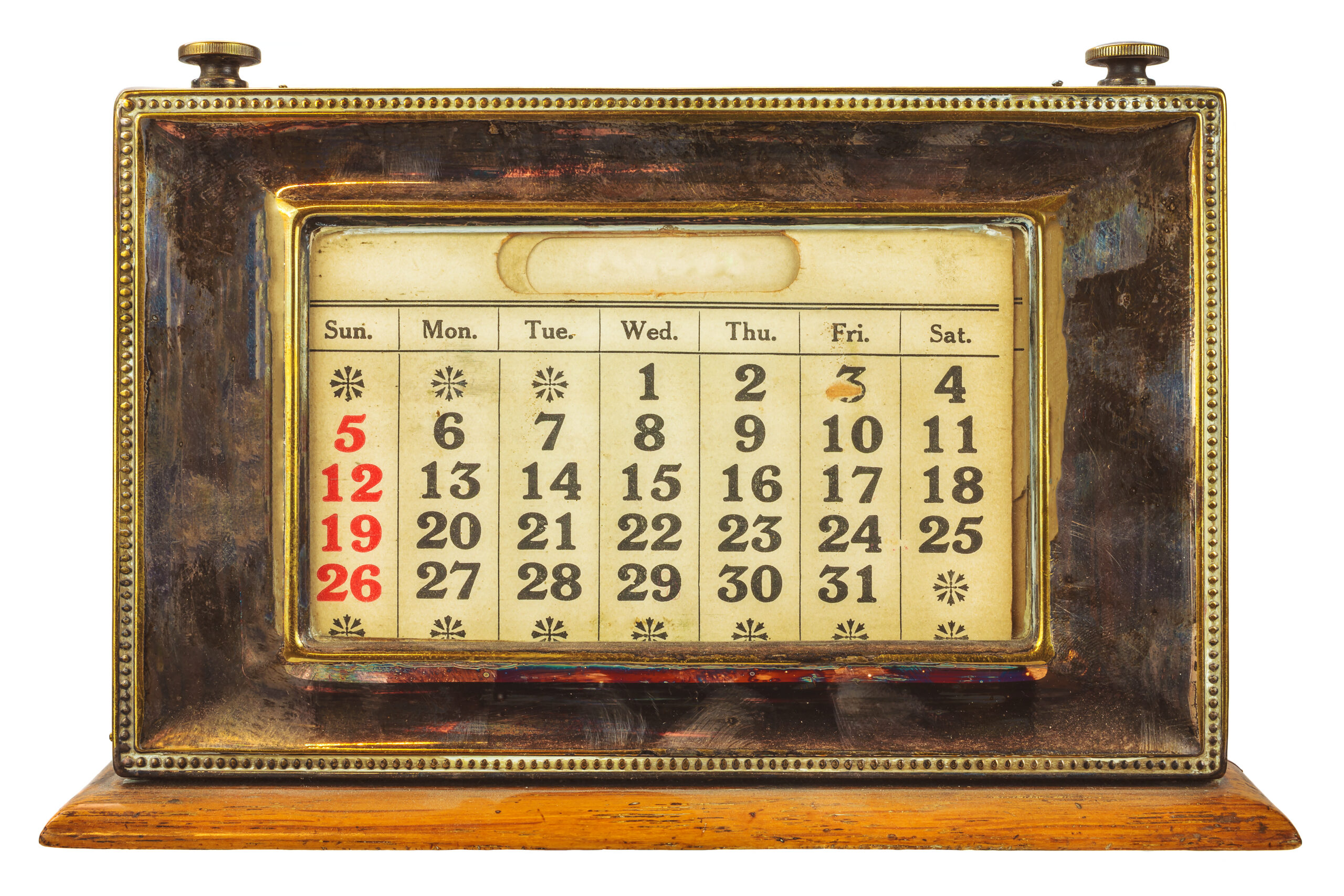Up next, as part of our series on B2B marketing and social media, we are diving into Twitter.
Twitter’s been in the news a lot since the controversial takeover by Elon Musk. Are companies steering clear? Is it more of a B2C space than B2B anyway? That’s what we’re exploring today.
A brief overview of Twitter
Let’s start with the basics. Twitter, unlike other sites, limits how much you can write in a post. Tweets can be no longer than 280 characters in length, including spaces.
Content is interactive and fast, with the lifespan of a tweet averaging at around 18 minutes. [ref1] It’s a space to gauge opinions, share news and generate conversation (and, sometimes, furious arguments!)
So, is this a suitable place for B2B marketing? Let’s start by looking at who’s using it.
Twitter’s user demographics
Twitter’s user base doesn’t quite match the Facebook, Instagram, TikTok and YouTube. But, with 460 million users it is still a very substantial platform. They’re regular users as well – the site gets a huge 7 billion visits every month.
The largest age group using the platform is 25–34-year-olds, who make up nearly 40% of all users.[ref2] Younger users have tended to drift towards TikToks, and these days over 75% of users are 25 or older. This probably makes it a little more promising than TikTok for B2B, at least now.
After all, your target audience consists of people who make purchasing decisions for businesses. They’re much less likely to be under 25.
Given all that, it’s no wonder that Twitter is still such a popular B2B platform. It might not be as directly B2B-related as LinkedIn, but it’s got a lot of potential. Research shows that 82% of B2B content marketers[ref3] use Twitter.
Here’s the run down on what you can do on the platform.
Twitter for B2B Marketing– What can you do?
Tweets: With only 280 characters available, Tweets needs to be precise, engaging and to the point. Tweets can also include images, GIFs and videos.
Other content: Twitter has integrated the editorial tool Revue onto the site, allowing users to create and publish newsletters. For a B2B business it gives you the option to share in-depth knowledge specific to your industry and target it at an audience, through specific hashtags and any followers you have. If you publish a newsletter regularly, users can subscribe to them, increasing your network and building business connections.
Have you already got a bank of content from other marketing strategies? Make use of it on Twitter and tweet engaging snippets of content, linking them to your website or articles.
Fleets: This is a feature launched in recent years. A fleet is the same idea as the story function on Instagram and Facebook. Lasting only 24 hours, they are a fleeting Tweet. It’s a useful way to post announcements and share daily news.
Top tips on using Twitter for B2B marketing
Research: To use twitter for B2B marketing, it really helps to do your research. Search for and explore potential clients. By looking at competitors already using the platform, you can see what content is getting engagement and whether there any gaps you can fill.
How often should you use Twitter? Twitter is fast paced, and the life of a tweet is short. It’s a good platform to test ideas out on, posting questions, opinions, tips or facts – find out what content gets the most engagement. Tweeting multiple times a day is acceptable but for a B2B business, this is time consuming.
Hashtags: Hashtags are useful at linking your content to wider networks. Hashtags can trend and get a lot of attention, get involved with trends if works. If not, keep hashtags relevant and specific to your industry.
Right place, right time: Tweets are about catching an audience at the right moment. If your business works internationally, then considering the time zones and the best time to post is something to think about.
Like other platforms there are analytics available to see how much engagement and traffic your content receives. This can be useful to plan for future content.
Engaging: Like all social media, the clue is in the social part. For a B2B business, Twitter is good for one-to-one conversations. Why not approach companies and start one to one conversation with them? Reaching out to businesses not only builds your network with companies you want to be linked with, but if you engage with them and their content, the likelihood is they’ll engage with you.
Another possible option to consider is using Twitter as a customer service tool. Many consumers use the platform for just this, asking questions or giving their opinion on a service in the hope to get a response. Having a dedicated customer service route on Twitter might work for some B2B companies.
To tweet or not to tweet?
Twitter clearly has a lot going for it. It’s got a huge user base looking for engaging content. If you use it right, you can get a lot out of it. Maybe you could position your business as go-to experts on a particular topic? Or perhaps use it to humanise your brand?
If you were putting all your B2B marketing into a single platform, LinkedIn is probably the best choice. However, we’d recommend using more if you can, to maximise your reach. Through tools like SocialPilot, you can schedule the same posts to go out on more than one platform.
We hope you have found this article useful. Keep an eye out for future posts, there is still more to come in our B2B marketing and social media series.
Get in touch if you would like any more information.
[ref1]https://blog.hubspot.com/marketing/life-of-a-tweet-ht
[ref2]24 Twitter Demographics That Matter to Marketers in 2023 (hootsuite.com)
[ref3]https://thesocialshepherd.com/blog/twitter-statistics#:~:text=82%25%20of%20B2B%20Content%20Marketers,connect%20with%20their%20target%20audience.

